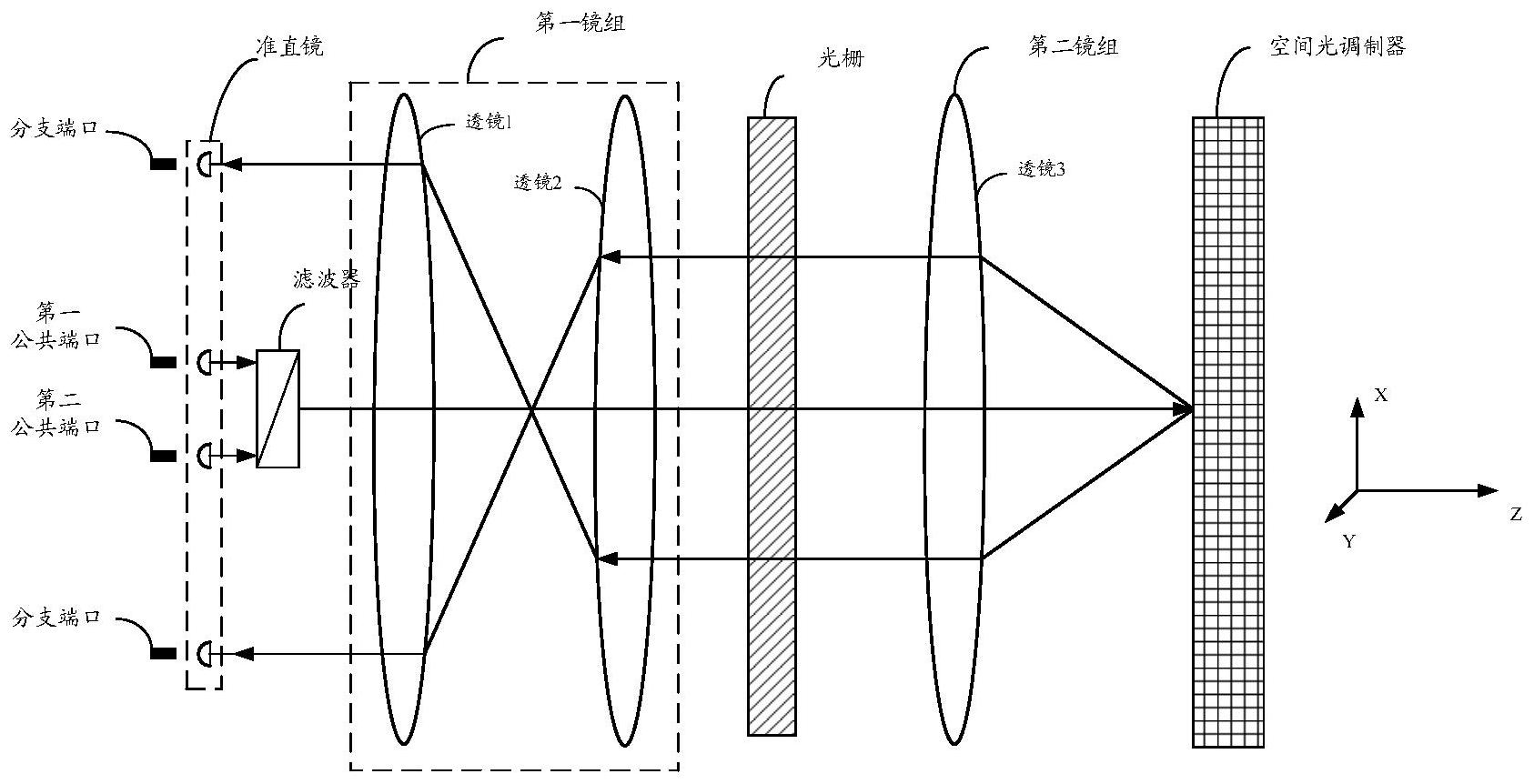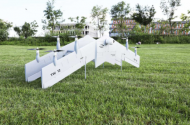Chinese scientists achieve breakthrough in early detection of ‘king cancer’ that killed Steve Jobs
- AI scientists and clinical researchers have worked together to develop a new early screening method to detect pancreatic cancer
- It could help save thousands of lives every year, with the difficulty in diagnosing pancreatic cancer making it one of the deadliest cancers
An
tool developed by Chinese scientists has led to a breakthrough in early-stage screening of one of the most fatal
.
Pancreatic cancer, often called the “king of cancers”, has an average five-year survival rate of less than 10 per cent. It
Apple co-founder
in 2011, and more recently, it was the cause of death last month of Wu Zunyou, chief scientist at the Chinese Centre for Disease Control and Prevention.
One of the main reasons pancreatic cancer has such a high death rate is the difficulty in early detection. It is rarely found in its early stages, when the chance of
is at its greatest. That is because it often does not cause symptoms until it has spread to other organs, according to the Mayo Clinic.
But the early screening model, developed jointly by AI scientists from tech firm Alibaba Group’s DAMO Academy and clinical researchers from hospitals including the Shanghai Institution of Pancreatic Diseases, has shown promising results. Alibaba is the owner of the South China Morning Post.
The model combines a non-contrast computed tomography (CAT) scan with an AI algorithm. In a paper published by the peer-reviewed journal Nature Medicine on Monday, the team said the specificity of the early screening model reached 99.9 per cent, implying there is only one false-positive case in every 1,000 tests.
Meanwhile, its sensitivity, or ability to detect pancreatic tumours, could reach 92.9 per cent, beating mean radiologist performance by 34.1 per cent.
Yet AI-based imaging applications have not been granted approval by Chinese authorities, according to a doctor from the Cancer Hospital at the Chinese Academy of Medical Sciences who declined to be named. So despite its impressive initial results, there is still a long way to go before the technology could be used in clinical practice.
The early screening model developed by the team is tailored for pancreatic ductal adenocarcinoma (PDAC), the most common subtype of pancreatic cancer, which accounts for over 95 per cent of all cases. PDAC causes around 466,000 deaths per year worldwide.
Their brainchild was an algorithm for “pancreatic cancer detection with artificial intelligence” – known as PANDA. It was trained based on more than 3,200 image sets from a high-volume pancreatic cancer institution in China, about 70 per cent of which stemmed from patients with a pancreatic lesion.
Thanks to the large data set, meticulous data processing and innovative training strategy design, PANDA was trained as a highly perceptive
.
Researchers at DAMO Academy discovered that subtle density differences in non-contrast CAT scans, which may be difficult to detect with the naked eye, can be picked up by AI.
When applying PANDA to real-world clinical scenarios involving 20,530 patients to validate its accuracy, the researchers found that the AI tool could achieve impressive sensitivity of up to 92.9 per cent and a specificity of 99.9 per cent.
According to information provided by Alibaba Cloud, the PANDA model has been used more than 500,000 times in settings including hospitals and medical examinations, and has detected multiple cases of early-stage pancreatic cancer that were previously missed.


